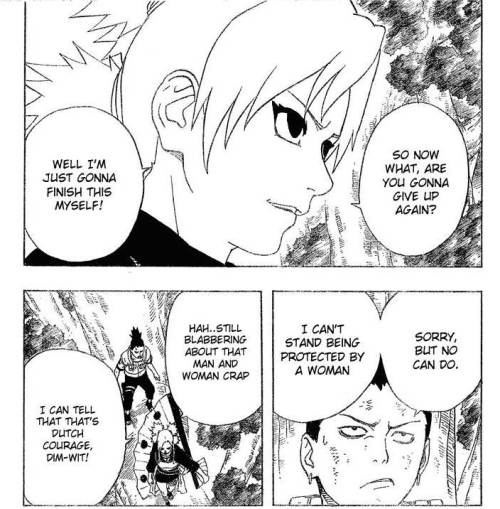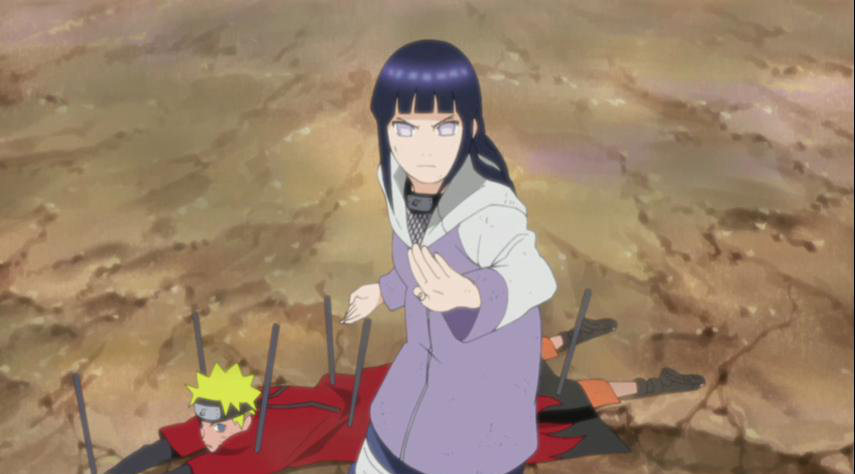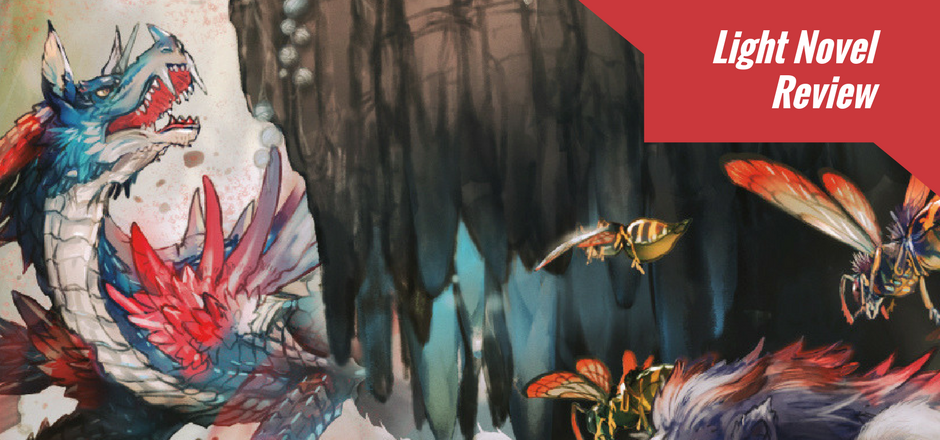Ninja have always captured our imaginations with their secretive ways of dealing death and war from the shadows, their mystery an enchantment that’s hard to ignore.
Since it began publication in 1999, much of the world would probably turn to the manga and anime series Naruto, one of the best-selling manga series of all time, as a prime example of the appeal of these secretive death-dealers.
Though the series has been denominated as “shonen,” meaning ‘boy’ series, an impressively big part of the following is composed of female fans. Unlike many other shounen series, the world of Naruto offers a large variety of female characters that girls can look up to. Many of them are strong – for some being stronger than everyone else is actually their power; they are intelligent, brave and kind. Commendable as that is, there are still a lot of tropes and slights thrown at the female characters in the series: they are outnumbered, underestimated by their peers, and thrown into typical positions of support.

First off, a clear line could be drawn between the females in Naruto by dividing them in two basic categories: 1) love-sick teenagers or 2) extremely sensual older women.
Almost every young female character is hopelessly in love with the mysterious and beautiful Sasuke at the beginning of the series. Sakura, the main female lead, starts the series despising Naruto because he is so flippant about Sasuke and, when a comical series of events has Naruto accidentally taking Sasuke’s first kiss, almost every girl begins to hate Naruto even more than they did for being the village outcast. The ones that do not hate him are, coincidentally, the ones that have feelings for someone else. Case in point: Hinata, whose entire characterization up until the Chunin Exams when a tragic family past is revealed is her absolute adoration and devotion for Naruto.
This deeply emotional front to their characterizations also leads many of the female ninjas in Naruto to submit themselves into support roles, suppress their own desires and even become sacrificial pawns.
Most medical ninja in the series are women. Almost every squad is composed of two boys and one girl, the girl always taking the role of support team member. Team Seven’s own Sakura, who proved to be the most skilled at the manipulation of chakra (the source for attacks) and dispelling genjutsu (illusions), is often relegated to support during the first part of the series. In their very first fight as a team against Sabuza, Sakura remains in the sidelines throughout the whole fight and only makes an appearance to cry about the damage Sasuke has received.
Later on, Sakura learns super strength from Tsunade, Hokage or leader of the village of Konoha, and yet, after one fantastic fight in which she beats a member of Akatsuki, a running antagonist organization during the series, Sakura comes back to her medical arts during the currently running ninja war. Tsunade herself has so far only contributed to the series by using her healing powers during Akatsuki’s attack on the village, which proved useless in the end. In the one fight where she only uses her strength, she cannot defeat Oruchimaru and Kabuto alone because the bloodshed reminded her of her dead boyfriend and her dead brother.
To be fair, almost every single character in Naruto has devastating emotional baggage – that is, aside from Sakura, whose tragic story involves being mocked for her forehead before becoming the most beautiful girl in the village. Despite how crucial tragic backstories are in Naruto characters, it is more often the female shinobi who get held down by them.
These emotional limitations become submission for many of the women in the series. Conan, the only woman in Akatsuki, was forced to follow Nagato’s terrorist ways because she felt she had to protect him and keep the promise she made to their dead friend. Sakura pretended to be in love with Naruto, though she still had feelings for Sasuke, to prevent them from fighting. Naruto’s own mother was revealed to have been like her son in her single-minded desire to be Hokage, but she stepped down from the race for her husband, who was admittedly better suited for the position, and her desire to become Hokage was never mentioned again. Lastly, there is Hinata, who time after time puts herself in danger to protect Naruto and whose sacrifice went unrecognized by Naruto the one time she nearly died in the process when confronting Pain.

The pressure to the women of Naruto is not only present in their characterization, but also in the representation of male characters around them. During the Chunin Exams, Shikamaru constantly complains about being pitted against Temari, claiming that men and women shouldn’t fight and that he could not hit a girl. Temari puts up a great fight, but ultimately, he beats her. Her tenacity goes unacknowledged later on: when Temari helps him in an important fight, he says it’s shameful for women to protect men. She mocks him for his chauvinistic ideals, but not all female ninjas react the same way. In the current arc of the manga, the ultimate antagonist Madara faces Tsunade, the granddaughter of the strongest ninja that ever lived and his eternal rival, and he tells her that she is a disappointment to her grandfather’s line, adding that she is weak and that women are weak ninja. Tsunade faces him anyway, but not before conceding she is weaker than her grandfather and that being a woman is a disadvantage.
In spite of everything, as a woman reading Naruto, it is not hard to feel empowered by the female ninja in the series. Naruto is one of the few shounen manga of the early 2000s to invest so much time in the inclusion and development of female characters in its story, with the obvious exception of Fullmetal Alchemist. While newer generations of shounen manga like Fairy Tail have no problems placing powerful women saving the day, Naruto is one of few older manga that exceled in creating characters female fans could look up to and not placating the male audiences by turning them into overly-sexualized fanservice.
There is still a long way to go, but Naruto’s legacy in this aspect is a sign of a step in the right direction.
Lorraine Acevedo Franqui writes for Girl In Capes from Puerto Rico and holds degrees in English Literature and Psychology. Her main interests are young adult lit, anything related to The Legend of Zelda and Kingdom Hearts, assorted shounen mangas and cats.






